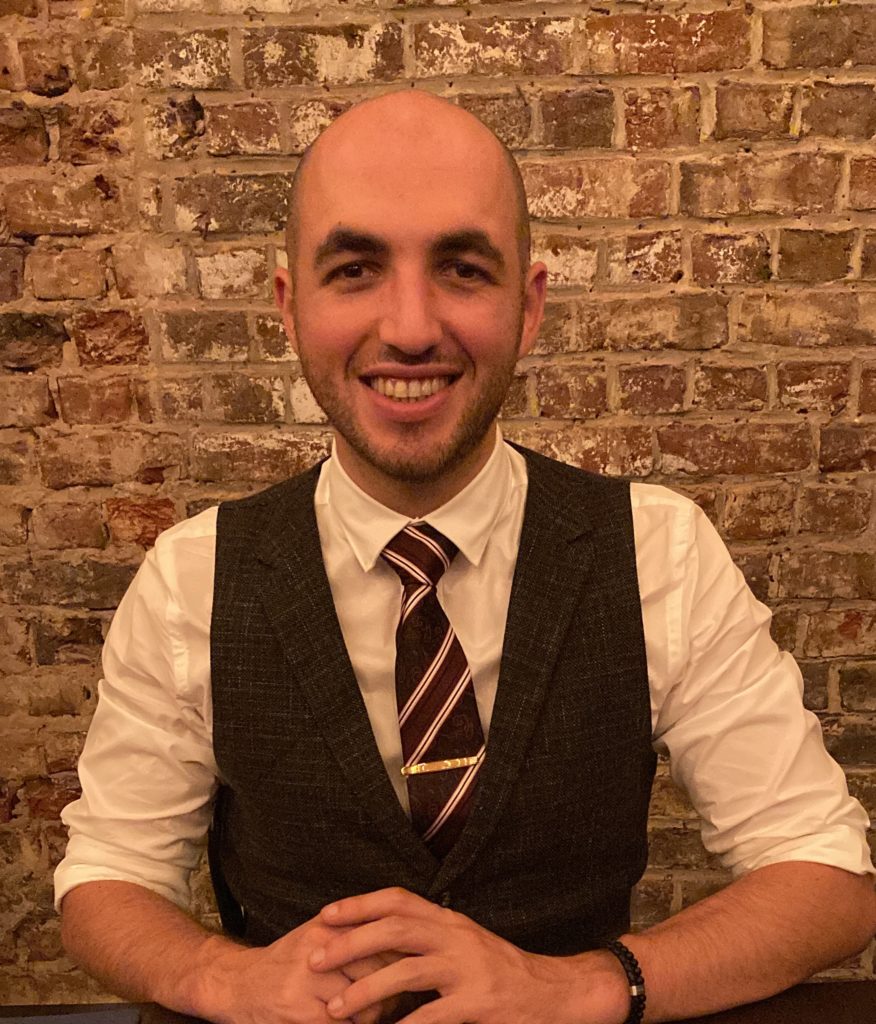Loïc Dumortier wins ParAMS Challenge

Congratulations, Loïc Dumortier, winner of the SCM ParAMS Challenge 2022! Who are you?
I am a second-year PhD student, supervised by Professor Toon Verstraelen (Ghent University, Belgium), and Dr. Benoit Creton and Dr. Theodorus de Bruin (IFP Energies Nouvelles, France).
What do you think about ParAMS?
I like how ParAMS tackles all essential steps in a parametrization: Building a training set, finding a suitable starting force field, defining an optimization algorithm, and the optimization itself. The possibility to follow the optimization using graphs makes it possible to quickly intervene in the optimizations.
What is your research about?
I try to borrow methods from the machine learning community and apply them in ReaxFF optimization. We are currently testing a new loss function that removes the need of the weights in the ReaxFF training set. It shows promising results in the development of a new alumina force field. In a second step, we want to apply active learning methods to make the optimization procedure of ReaxFF more data-efficient.
Do you have any tips for ParAMS users?
For rapid testing, tweaking, and setting up an optimization, the new GUI interface is very convenient. The ParAMS challenge showed that you can get an optimization up and running in a matter of minutes and tuning optimizer parameters is really straightforward.
The Python scripting interface allows you to build complex pipelines and extend ParAMS with custom modules or algorithms. The seamless integration of ASE (Atomic Simulation Environment) makes it a powerful tool for building the training set and parameter sets efficiently.
My tip would therefore be: If you find yourself using exclusively one of the two interfaces, take some time to explore the other one as well. Each shines in their own use cases, and being able to use them both gives you a ‘best-of-both-worlds’ solution.
Thank you, and good luck with your research!
Read more about the ParAMS Challenge 2022.
Key conceptsParametrization